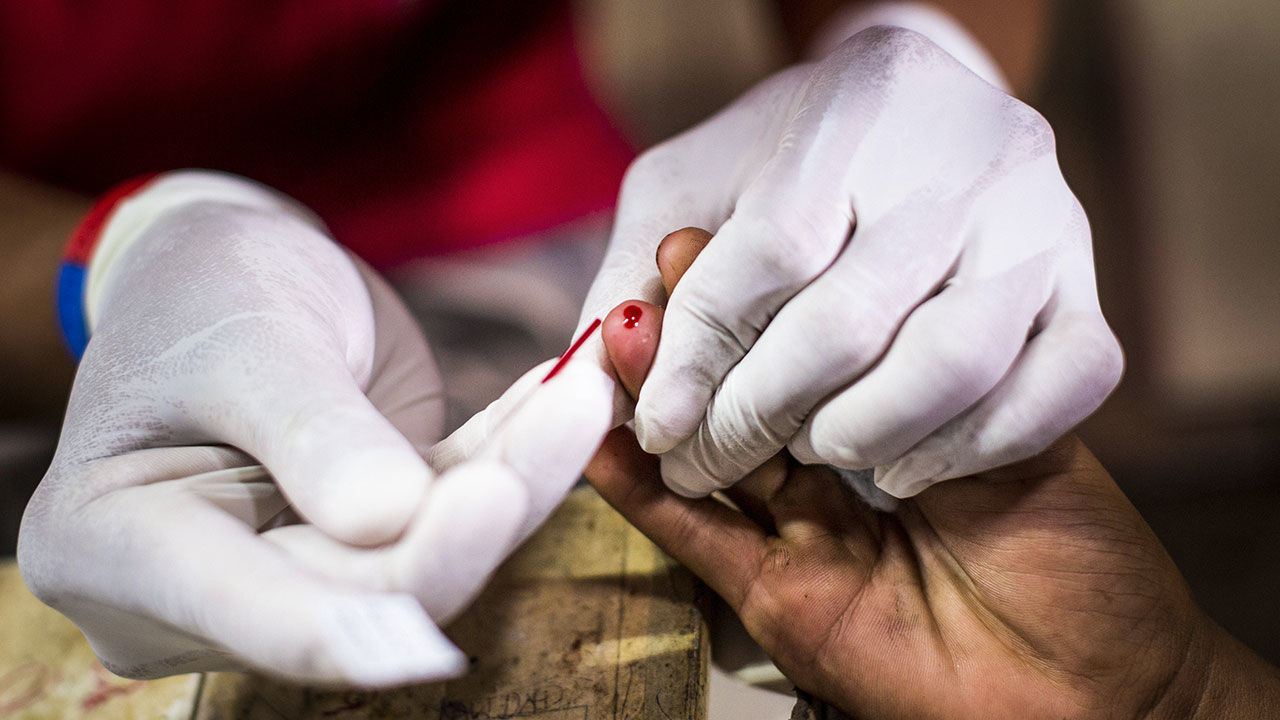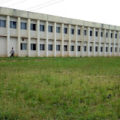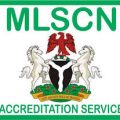What is a Phlebotomist?
Phlebotomists collect blood for donation or for testing, so the blood can be analyzed in a clinical laboratory. Blood tests are used to diagnose illness, evaluate the effectiveness of medications and determine whether a patient is receiving proper nutrition. Many patients have phobias when it comes to blood and needles, and giving blood can be the most difficult part of an office visit. The phlebotomist must create an atmosphere of trust and confidence with patients while drawing blood specimens in a skillful, safe, and reliable manner.
To collect blood from an arm vein, the phlebotomist first introduces himself/herself to the patient, properly identifies the patient, wash their hands, put on gloves, applies a tourniquet to the upper arm to slow blood flow. An alcohol swab is used to disinfect a small area near the inside of the elbow. The phlebotomist then locates a vein and inserts a needle, releases the tourniquet before removing the needle, after removing the needle, dispose of the needle immediately in a biohazard container. This process is called “venipuncture.” The Phlebotomist must wash their hands after removing gloves. Phlebotomists can also sample blood through skin punctures, such as pricking a finger to test a patient’s blood sugar or determine blood type.
The phlebotomist must ensure that all equipment is properly sanitized before it is used to collect blood. Accurate labeling, proper storage, and careful transport are also key responsibilities. Misidentification or contamination of a blood sample can have serious consequences because medical professionals rely on blood test results to diagnose patients and monitor treatment progress. The phlebotomist also must observe strict safety protocols to avoid direct contact with the blood. Many infectious diseases, including HIV and hepatitis, can be transmitted through blood contact. Even the slightest distraction can lead to a “needlestick” injury and possible infection.
History of Phlebotomy
Humans have been bloodletting for thousands of years. It began with the Egyptians and spread to the Greeks and Romans before reaching Asia and Europe. The practice once was a commonly used treatment for many medical conditions such as fever, headache, loss of appetite, and digestion issues.
It was considered controversial because doctors sometimes drew very large amounts of blood. This was the case with George Washington, the first president of the United States. In 1799, after being outside in snowy weather, he became ill and developed a fever. To treat him, his doctors drained about 40% of his blood. He died the next night.
Over time, bloodletting was proved to be an ineffective and, in some cases, dangerous treatment. By the end of the 19th century, it wasn’t as common as it once was. Today, phlebotomy in Western culture is used for medical testing and to treat only a few specific blood diseases.
In Nigeria, the job of a phlebotomist is most times performed by a Medical laboratory scientist registered with the Medical Laboratory Science Council of Nigeria (MLSCN) a Federal Government Statutory Regulatory Agency established by Act 11 of 2003 as a parastatal of the Federal Ministry of Health. It also broadly charged the Council with the core responsibilities of regulating medical laboratory services through registration and licensing of medical laboratories as well as practitioners.
Working Conditions
Phlebotomists work in clinical laboratories, hospitals (Government & Private), community health centers, nursing homes, doctor’s offices, blood donation centers, and other health care facilities. They are usually supervised by a clinical laboratory technologist or other medical professionals. Phlebotomists must be extremely accurate and careful. In a busy facility, they may take dozens of blood samples during a typical shift. They must be able to work under pressure without sacrificing accuracy or safety.
Academic Requirements
To become a phlebotomist or phlebotomist technician in Nigeria, you must earn a degree in medical laboratory science from an accredited institution or obtain a certificate/Diploma from a school of health technology. The training program includes study in anatomy, blood collection procedures, proper storage and handling of blood samples, and safety precautions. A Phlebotomy Technician is able to work directly with a Physician, assisting in specimen collection, diagnosis, and treatment.
Registered medical laboratory practitioners can boost their knowledge and skills by enrolling in free online Phlebotomy courses.
Free Online Phlebotomy Course List
Loyola University – Chicago
Arterial Puncture outlines steps for arterial puncture through illustrated notes and a procedural video. A multiple-choice quiz is also included. Students can learn about syringe prep, patient care procedures, and potential complications.
EngenderHealth
Infection Prevention offers a free online brochure for healthcare providers at risk of exposure to infectious diseases. Readers can explore effective prevention methods, such as proper instrument disposal and decontamination, hand hygiene, and the use of antiseptics.
BD Diagnostics
LabNotes are educational materials designed for healthcare professionals who handle lab specimens. Available newsletters focus on job safety and best practices. Topics of study include capillary blood collection techniques and methods for choosing blood specimen types.
Des Moines University
Medical Terminology covers medical terms associated with the musculoskeletal, reproductive, respiratory, digestive, urinary, nervous, and circulatory systems. A quiz is included at the end of the course, and students who opt to register and pay a fee receive a certificate of participation.
The University of Michigan
Patient Communication Skills was originally geared toward dental students, but could also prove helpful to other healthcare workers. A series of videos and handouts allows students to learn about patient interaction, cross-cultural patient communication, and patient interviewing techniques.
Dalhousie University
Phlebotomy is a free online video offering an overview of what a phlebotomist’s job entails. Topics include collection sites and necessary equipment, contraindications, indications, and potential complications.
University of Utah
Phlebotomy Tutorial looks at basic venipuncture procedures. Topical outlines are accompanied by illustrations covering such topics as the order of draw, sample labeling, patient identification, safety, and quality assurance.
The Benefits of Phlebotomy Technician:
Not everybody is able to study as a Medical Doctor or a Pharmacist because it takes years and it can be very expensive, but a Phlebotomy Technician is equipped with the necessary knowledge and skills to manage a patient within his duties. Phlebotomy has become a specialized field in medicine and certification and training can be accomplished in as little as four months.
They make a good living with a good average salary per month. The job opportunities for Phlebotomy Technicians are wide and varied. Most work in hospitals or private clinics, others work in nursing homes, medical laboratories, research centers, and the insurance industry. Job demand is high and expected to stay that way, which means those entering the field can expect to find plenty of openings.
While collecting specimens, Phlebotomy Technicians have the opportunity to meet different types of people on the job and can use their skills to put patients at ease. They can also take pride in the fact that the work they do plays an important role in diagnosing and treating patients.
Phlebotomy jobs are in high demand throughout North America, United Arab Emirates, the United Kingdom, Canada, and the Caribbean; especially for those who hold a phlebotomy certification outside the MLS degree.





